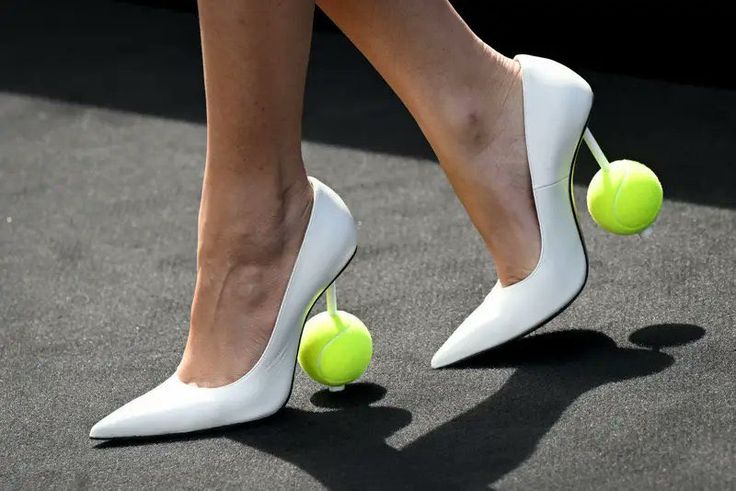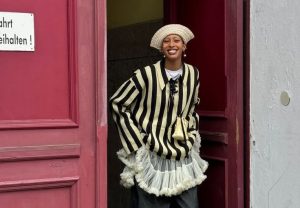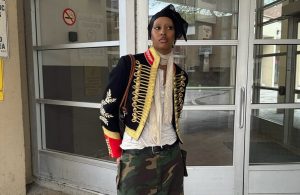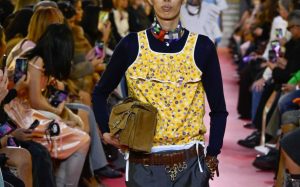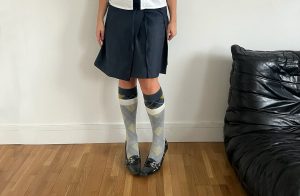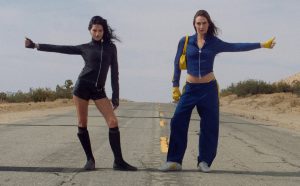He has just been appointed Artistic Director of the House of Dior, and the entire industry seems to be rejoicing. After eleven years at the helm of Loewe and as the founder of JW Anderson, the Northern Irish designer has established a unique vision, blending craftsmanship, pop culture, and experimentation. A portrait of a man who, without ever following trends, stays ahead of them all, redefining, with each collection, the contours of contemporary femininity and masculinity.
11 years at Loewe
At Loewe, Jonathan Anderson has proven that humor is no enemy of craftsmanship. Since taking the helm of the Spanish house in 2013, he has transformed a once discreet label, barely visible on the Paris scene into a must-see phenomenon of Fashion Week. From trompe-l’œil pieces to sculptural Anthurium-shaped dresses, Minnie shoes, and the iconic Puzzle and Flamenco bags, Anderson has built a world that is at once conceptual, playful, and unmistakably couture, a rare balance in the industry.
But behind the playful winks and quirky accessories lies a near-obsessive level of precision. Far from being just a maker of viral imagery, Anderson has refocused the brand on Spanish artisanal craftsmanship, working closely with the ateliers to produce garments of remarkable technical finesse. Today, Loewe stands as one of LVMH’s biggest commercial successes, all while maintaining a sharply curated, avant-garde image, proof that innovation and desirability are far from incompatible.



When Jonathan Anderson was appointed Artistic Director of Loewe, he was just 29 years old. His eponymous label, JW Anderson launched at the age of 24, had already caught the attention of LVMH, which backed him by acquiring a stake in the brand. Since then, he has skillfully juggled both houses, multiplying collaborations along the way, mainly with Uniqlo. He has proven his ability to catch attention from both avant-garde circles and the wider public.


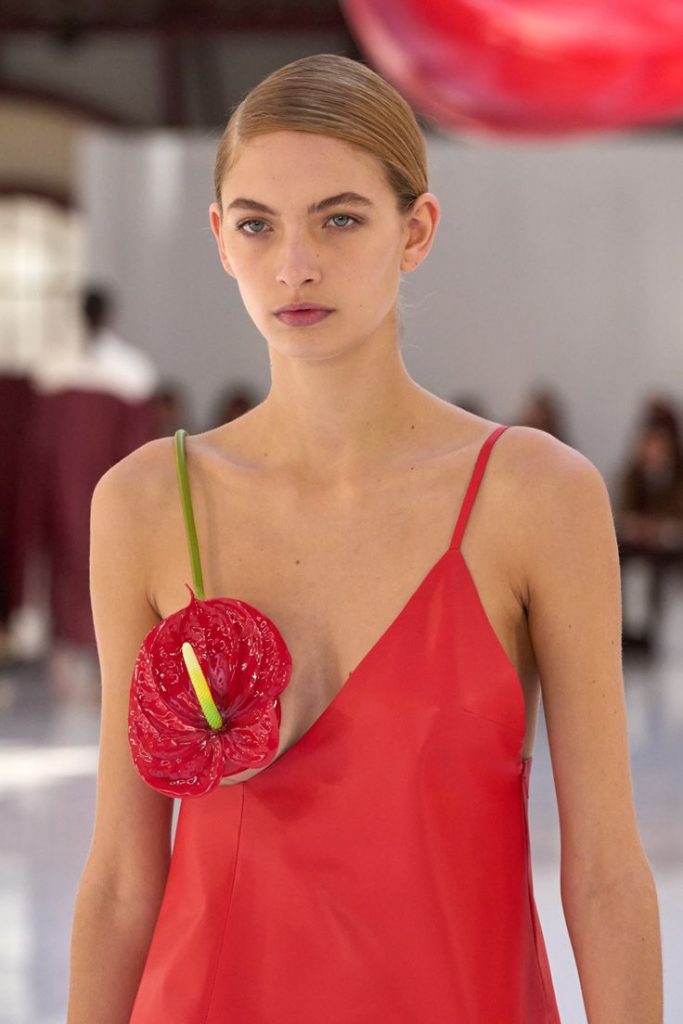
His influence extends well beyond the fashion world: he designed Daniel Craig’s costumes in Queer, Zendaya’s looks in Challengers, and Rihanna’s spectacular outfit for the 2023 Super Bowl halftime show. A moment of perfect fusion between pop culture and couture.
A new chapter at Dior
In May 2025, a new chapter begins: Jonathan Anderson is appointed Artistic Director of Dior, first for the men’s line, then for the women’s. A 360° role previously held only by Christian Dior himself. This dual appointment, as symbolic as it is strategic, marks a major turning point in the history of the house and the LVMH group.
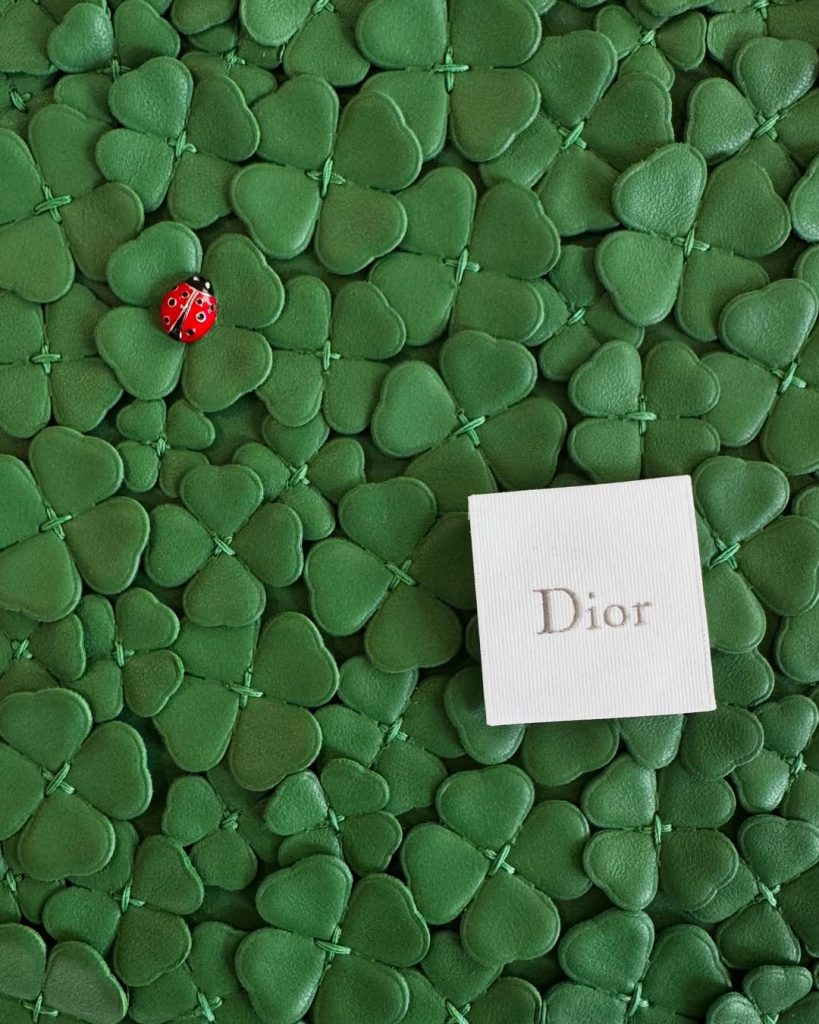
He succeeds Kim Jones for menswear and Maria Grazia Chiuri for womenswear. The latter, the first woman to hold this position at Dior, leaves behind a legacy as contested as it is admired, marked by outspoken feminism and commercial best-sellers. Her departure confirms a deeper trend: a new wave of forty-something male designers is taking over the helm of the biggest fashion houses from Anderson to Mathieu Blazy (recently announced at Chanel after his acclaimed tenure at Bottega Veneta), and including Demna, who left Balenciaga for Gucci.
Jonathan Anderson’s first show for Dior Homme is scheduled for June 27 in Paris. An event already turning out to be one of the most closely watched of the fashion year.
The legacy of a unique designer
Jonathan Anderson’s legacy at Loewe is immense. He masterfully combined a sophisticated fashion culture steeped in visual arts and literature with popular references. His asparagus boot-shaped bags weren’t just visual gimmicks: they reflected a desire to elevate the ordinary, everyday object into a symbol. It’s a kind of fashion that draws inspiration from the street, the kitchen table, or childhood, only to transform them.



In doing so, Anderson is redefining what it means to be a designer today: an artist as much as a craftsman, a storyteller as much as a merchant, a stylist as much as a director. Far from merely creating beautiful silhouettes, he builds entire worlds, realms where humor coexists with precision, where strangeness becomes a tool of seduction, and where luxury is in constant reinvention.
Article by Julie Boone.


